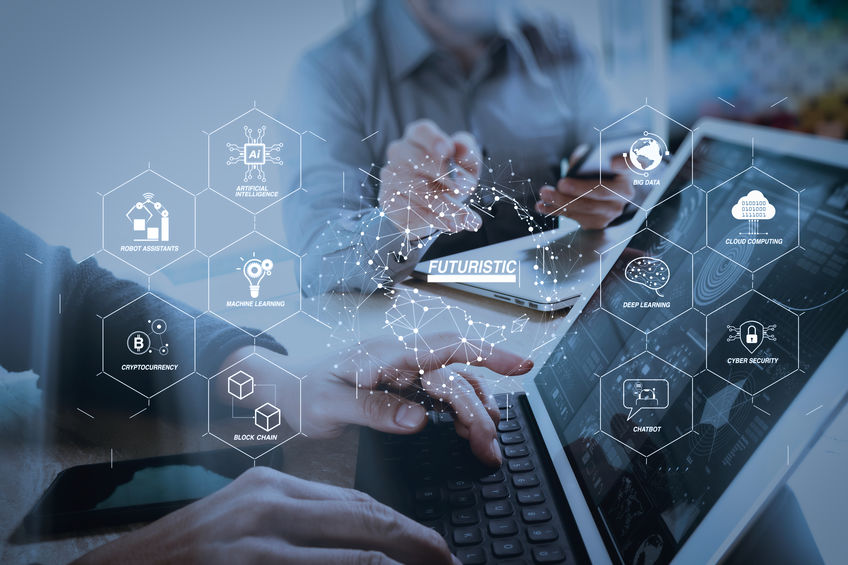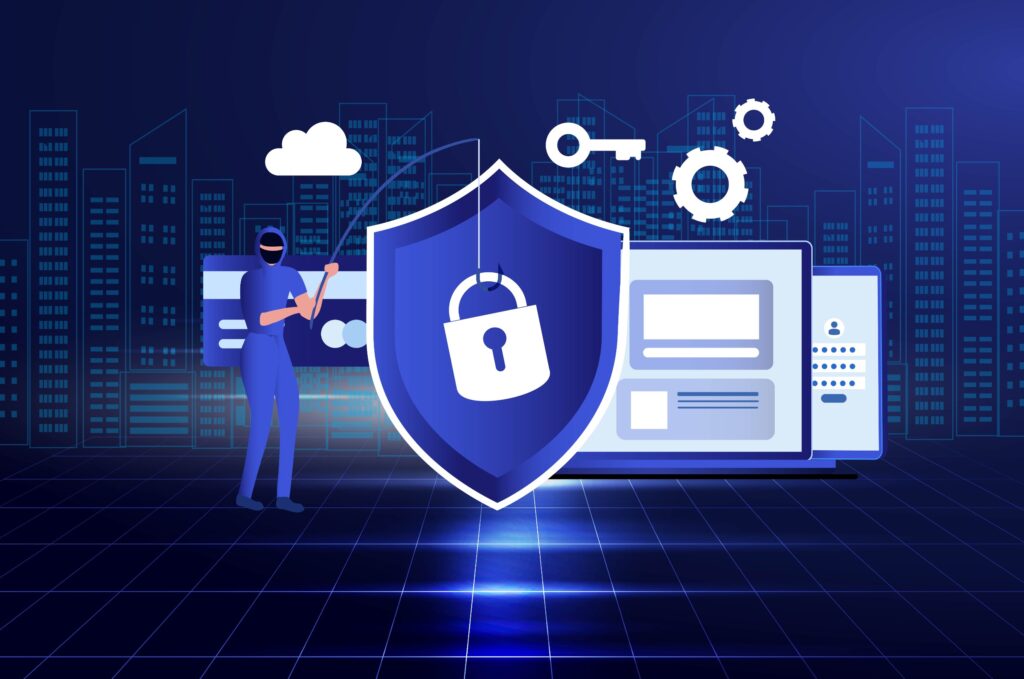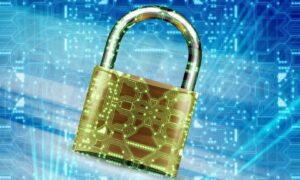Data drives every facet of our operations. Implementing a robust backup strategy is essential to ensure continuity in the face of incidents. Backup solutions such as Veeam, Acronis, or even Arcserve provide advanced features to automate and secure backups across both virtual environments and physical infrastructures.
The strengths of backups and their limitations
Modern backup software enables rapid system recovery in cases of hardware failure or human error. However, despite their effectiveness, these solutions are not immune to failures. In particular, during a ransomware attack, even backup systems can be compromised. Cybercriminals may target these systems by encrypting or deleting backup data, which makes recovery efforts significantly more complex. Such threats highlight the necessity of maintaining immutable backups or keeping backups disconnected from the network to ensure data integrity.
The role of specialized recovery services
Given these risks, Specialized ransomware data recovery services have emerged to step in when conventional backup solutions fall short. These experts, equipped with advanced technical skills, quickly assess the extent of an incident and implement tailored recovery procedures. Their process typically begins with a secure cloning of the affected storage media, followed by a detailed analysis to identify critical files before initiating the restoration process. By doing so, these services maximize the chances of successful data recovery—even when sophisticated encryption techniques have been employed by attackers.
Additional considerations for a resilient data strategy
Beyond implementing regular backup routines, organizations must adopt comprehensive policies that encompass routine testing and updating of backup systems. Regular validation of backup integrity and restoration processes ensures that, in the event of a ransomware attack or other data loss scenarios, the recovery plan functions as intended.
Techniques such as offline backups, air-gapped storage, and redundant backup solutions play a vital role in mitigating the risk of compromised data.
Furthermore, integrating these practices within a broader IT risk management framework can help organizations anticipate vulnerabilities, thereby enabling a faster response and reducing potential downtime. By combining technological solutions with proactive monitoring and regular audits, companies can better safeguard their critical information assets.
Staying ahead of evolving threats
The tactics employed by cybercriminals continue to evolve, making it imperative for businesses to remain agile in their backup and recovery strategies. Ongoing employee training, regular security assessments, and collaboration with cybersecurity experts can significantly enhance an organization’s defense posture.
Keeping backup software up-to-date, alongside implementing multi-layered security measures, helps reduce the window of opportunity for ransomware attacks. Additionally, having a clearly defined incident response plan ensures that, should an attack occur, all stakeholders know their roles and can act swiftly to contain the damage. This holistic approach not only minimizes financial losses but also preserves an organization’s reputation and operational stability.
To summurize
In summary, while tools such as Veeam, Acronis, and Arcserve represent major assets in the protection of data, they do not guarantee total immunity against cyberattacks, particularly ransomware. Therefore, the combination of a rigorous backup strategy and the timely intervention of data recovery specialists is essential to ensure complete and lasting resilience in today’s digital landscape.





































